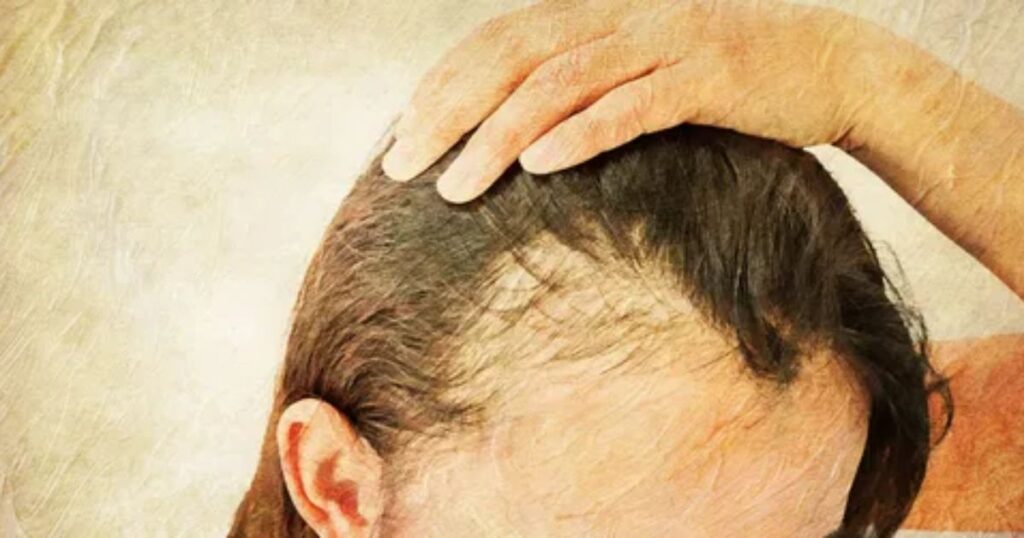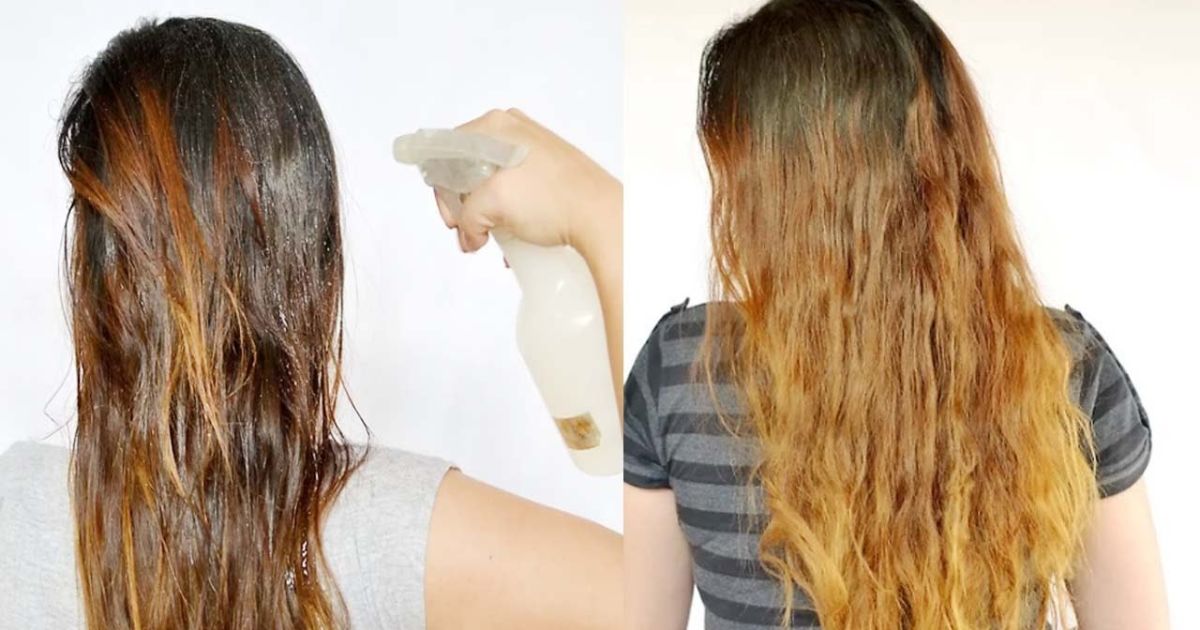Chlorine is a chemical element (symbol: Cl) commonly used in water treatment and as a disinfectant due to its ability to kill bacteria and other pathogens. It is a pale green gas with a distinct, pungent odor.
Ever wondered if a dip in the pool could transform your hair hue? Dive into the science behind chlorine and its surprising impact on hair color. Discover the chemistry at play and whether your next swim might just be the unexpected makeover your locks never saw coming!
Chlorine in swimming pools can affect hair color by stripping away natural oils that protect hair pigments. Prolonged exposure to chlorine may lead to discoloration, especially in lighter hair tones, causing a greenish tint. To prevent this, it’s advisable to wet hair before swimming and use a protective conditioner to minimize chlorine’s impact on hair color.
Chlorine in swimming pools

Chlorine is a chemical commonly used in swimming pools to keep the water clean and safe for swimmers. It acts as a powerful disinfectant, effectively killing bacteria, viruses, and other harmful microorganisms that can thrive in pool water.
By maintaining the right chlorine levels, pool owners ensure a hygienic and enjoyable swimming environment. Chlorine works by breaking down contaminants through a process called oxidation, preventing the spread of waterborne illnesses.
The connection between chlorine and hair color change
The connection between chlorine and hair color change is often noticed in swimmers. Chlorine, commonly used in swimming pools to keep water clean, can have a bleaching effect on hair. When hair comes into contact with chlorine-treated water regularly, especially for long periods, it can lead to a gradual lightening of hair color.
This is because chlorine can strip away the natural oils that protect and maintain the color of the hair. Additionally, chlorine can react with the pigments in hair, causing some colors to fade faster than others. To minimize the impact of chlorine on hair color, swimmers often use protective measures such as swim caps or rinse their hair with fresh water before and after swimming.
Effects of Chlorine on Hair
1. Chlorine Exposure: Regular exposure to chlorine, commonly found in swimming pools, can have effects on hair due to its chemical properties.
2. Color Fading: Chlorine can strip away natural oils from hair, leading to a gradual lightening of hair color. This is particularly noticeable in swimmers who spend extended periods in chlorinated water.
3. Bleaching Effect: The chemical reaction between chlorine and hair pigments can result in a bleaching effect, causing some hair colors to fade faster than others.
4. Dryness and Damage: Chlorine has a drying effect on hair, making it more prone to damage such as split ends and breakage. This is because chlorine disrupts the protective layer of natural oils on the hair shaft.
5. Preventive Measures: To minimize the impact of chlorine on hair, individuals can take preventive measures such as using swim caps, rinsing hair with fresh water before and after swimming, and using protective products to create a barrier against chlorine exposure.
Can Chlorine Change Hair Color?
Chlorine is a common chemical found in swimming pools to keep the water clean. While it’s great for disinfecting, it can have some effects on your hair. Exposure to chlorine can cause changes in hair color, especially for those with lighter shades.
Chlorine may lead to a greenish tint in blonde or light-colored hair. This is not a permanent change and can usually be addressed by using specialized shampoos designed to remove chlorine buildup. To protect your hair before swimming, consider wetting it with clean water or using a swim cap to minimize chlorine absorption.
Chlorine lightens natural hair
Chlorine, commonly found in swimming pools, can have a lightening effect on natural hair. When hair is exposed to chlorine regularly, especially in higher concentrations, it may lead to the gradual lightening of the hair color.
The chlorine works by opening up the hair cuticle and breaking down melanin, the pigment responsible for hair color. This process can result in a subtle lightening effect, especially in individuals with lighter hair tones.
Differentiating between temporary and permanent color changes
| Characteristic | Temporary Color Change | Permanent Color Change |
| Duration | Fading is minimal, and requires hair growth | Lasts until new hair growth |
| Penetration into Hair Shaft | Surface-level or semi-permanent | Penetrates into the hair cortex |
| Application | Often in the form of sprays, rinses, or temporary dyes | Requires a chemical process (dye or bleach) |
| Color Fading | Fades gradually with each wash | Fading is minimal and requires hair growth |
| Examples | Temporary hair sprays, color rinses, semi-permanent dyes | Permanent hair dyes, professional salon color treatments |
Side effects of chlorine on hair
Chlorine, commonly found in swimming pools, can have some side effects on hair. When you swim in chlorinated water frequently, it can lead to:
- Dryness: Chlorine strips the natural oils from your hair and scalp, making your hair feel dry and brittle.
- Discoloration: Blonde or light-colored hair may turn greenish due to a chemical reaction between chlorine and hair products or minerals in the water.
- Split Ends and Breakage: The drying effect of chlorine can weaken the hair structure, leading to split ends and breakage.
- Frizziness: Chlorine can cause the outer layer of the hair (cuticle) to lift, resulting in frizzy and unruly hair.
- Irritation: Some people may experience scalp irritation, redness, or itching due to prolonged exposure to chlorine.
Chlorine causes hair loss

Chlorine is a chemical commonly found in swimming pools and tap water. While it plays a crucial role in keeping water clean, prolonged exposure to chlorine can have some side effects on hair. Chlorine strips away the natural oils that protect hair, leaving it dry and brittle. This can make hair more prone to breakage and can contribute to hair loss over time.
Chlorine can also change the structure of hair proteins, making them weaker. When hair becomes weaker, it is more likely to break or fall out. People who swim regularly in chlorinated pools or have high levels of chlorine in their tap water may notice that their hair feels rough, looks dull, and is more susceptible to damage.
Prevent hair fall due to chlorinated water
1. Wet Your Hair First: Before entering a pool or shower with chlorinated water, wet your hair thoroughly with non-chlorinated water. This helps to reduce the absorption of chlorinated water into your hair shafts.
2. Use a Swim Cap: Invest in a swim cap to create a protective barrier between your hair and chlorinated water. This simple accessory can significantly minimize the exposure of your hair to harmful chemicals.
3. Apply a Leave-In Conditioner: Prior to swimming after coloring, apply a Leave-In conditioner to your hair. This extra layer of protection can help to seal moisture and prevent chlorinated water from stripping away the natural oils in your hair.
4. Rinse Immediately After Swimming: After swimming in chlorinated water, rinse your hair as soon as possible with fresh, clean water. This helps to remove residual chlorine and prevent it from lingering in your hair, causing damage.
5. Deep Condition Regularly: Incorporate deep conditioning treatments into your hair care routine. These treatments can help restore moisture, repair damage, and strengthen your hair, reducing the impact of chlorinated water over time.
Frequently Asked Questions
How can I protect my hair from chlorine-induced color changes?
Before swimming, wet your hair with non-chlorinated water to reduce chlorine absorption. You can also use a leave-in conditioner or wear a swim cap for added protection.
Will using a chlorine-removing shampoo help prevent color changes?
Yes, chlorine-removing shampoos are designed to neutralize chlorine and remove it from your hair. Using them after swimming can help minimize the risk of color alterations.
Can regular exposure to chlorine lead to permanent hair color changes?
Frequent exposure to chlorine can cause cumulative damage to your hair, potentially resulting in changes to its texture and color. To minimize this, take preventive measures like using protective products and rinsing your hair after swimming.
Conclusion
It is evident that chlorine can indeed impact hair color. Exposure to chlorine, often found in swimming pools, can lead to discoloration, especially in individuals with lighter hair tones. The chemical reaction between chlorine and hair can result in a variety of outcomes, from a subtle change in hue to more noticeable alterations.
To mitigate the effects of chlorine on hair color, it is advisable to take preventive measures, such as using swim caps or applying protective products before swimming. Overall, understanding the potential impact of chlorine on hair color allows individuals to make informed choices to maintain the desired look and health of their hair.











